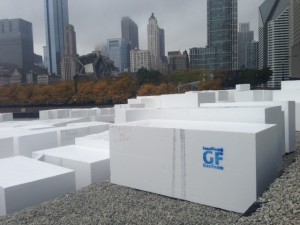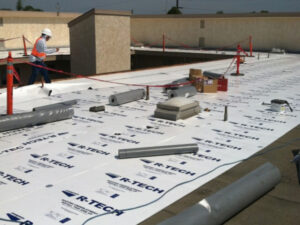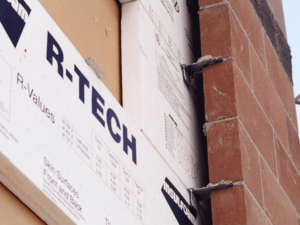Sink or Swim: EPS Moisture Performance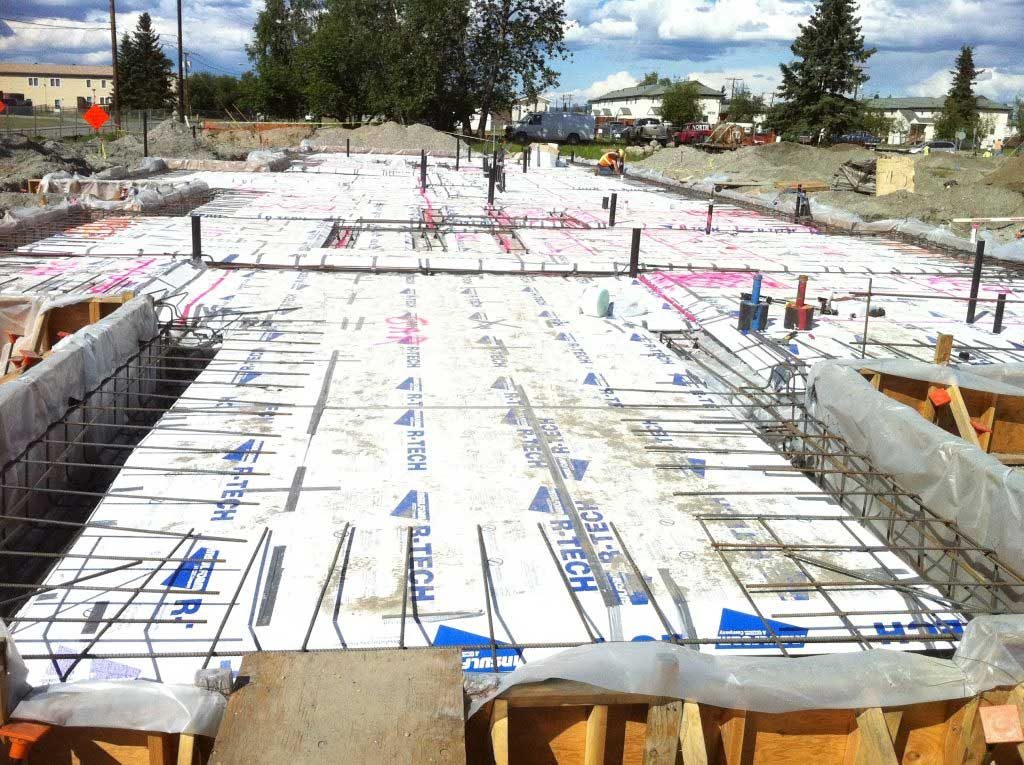
Expanded polystyrene (EPS) rigid foam insulation is often marketed for its ability to be installed below-grade. While below-grade installation is a great feature, there is one glaring concern from building professionals: moisture accumulation. After all, wet insulation is ineffective insulation, as insulations that retain high moisture volumes lose up to half of their insulating R-value. So, how does EPS perform in terms of moisture?
Lab and Field Tests
Moisture performance of rigid foam insulations – including XPS, EPS and polyiso – is reported on product data sheets based on ASTM 272, Standard Test Method for Water Absorption of Core Materials for Sandwich Constructions. In this test, the lab submerges insulation samples in water for 24 hours, then weighs them for moisture absorption immediately upon removal from the water.
Results of ASTM 272 tests show that EPS insulation absorbs small amounts of moisture quicker than do other rigid-foam insulations. Due to this fact, EPS insulation’s true moisture performance can be misunderstood when compared to XPS and polyiso. Fortunately, virtually no home or building is subjected to 24 hours of continuous submersion, otherwise there are bigger problems at play. Although EPS absorbs water faster than XPS and Polyiso do, EPS also releases moisture much faster. The ASTM 272 test does not account for how much an insulation dries out between periods of moisture exposure.
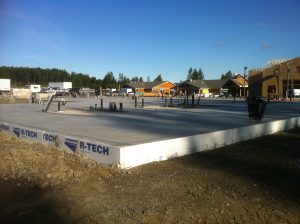
Looking at real world applications vs. laboratory testing, Stork Twin City Testing, evaluated the moisture content of EPS and XPS buried side-by-side for 15 years on a building foundation in St. Paul, Minnesota. When the insulations were removed, the EPS was four times drier than the XPS – the EPS had only 4.8% moisture by volume compared to 18.9% moisture content for the XPS. After 30 days of drying time, the EPS had dried to only 0.7% moisture by volume, while the XPS still contained 15.7% moisture.
The high moisture absorption of XPS over time is further seen in a 2012 report from the U.S. Department of Energy’s Oak Ridge National Laboratory. Researchers found that XPS insulation installed below grade for 15 years had absorbed 67% or more moisture. The resulting loss of thermal performance for the XPS was 10% for a full basement (“deep basement”) and 44% for a slab-on-grade installation.
Wrapping Up
Unfortunately, laboratory results do not always tell the whole story when it comes to rigid foam insulation performance. While XPS and polyiso rigid foam insulations absorb less water over the course of a 24-hour submersion, they hold that water much longer than their EPS counterpart does. When investigating below-grade insulation for an upcoming project, consider that lab results may be misleading, and the best way to evaluate moisture performance is through the results of real-world applications.

